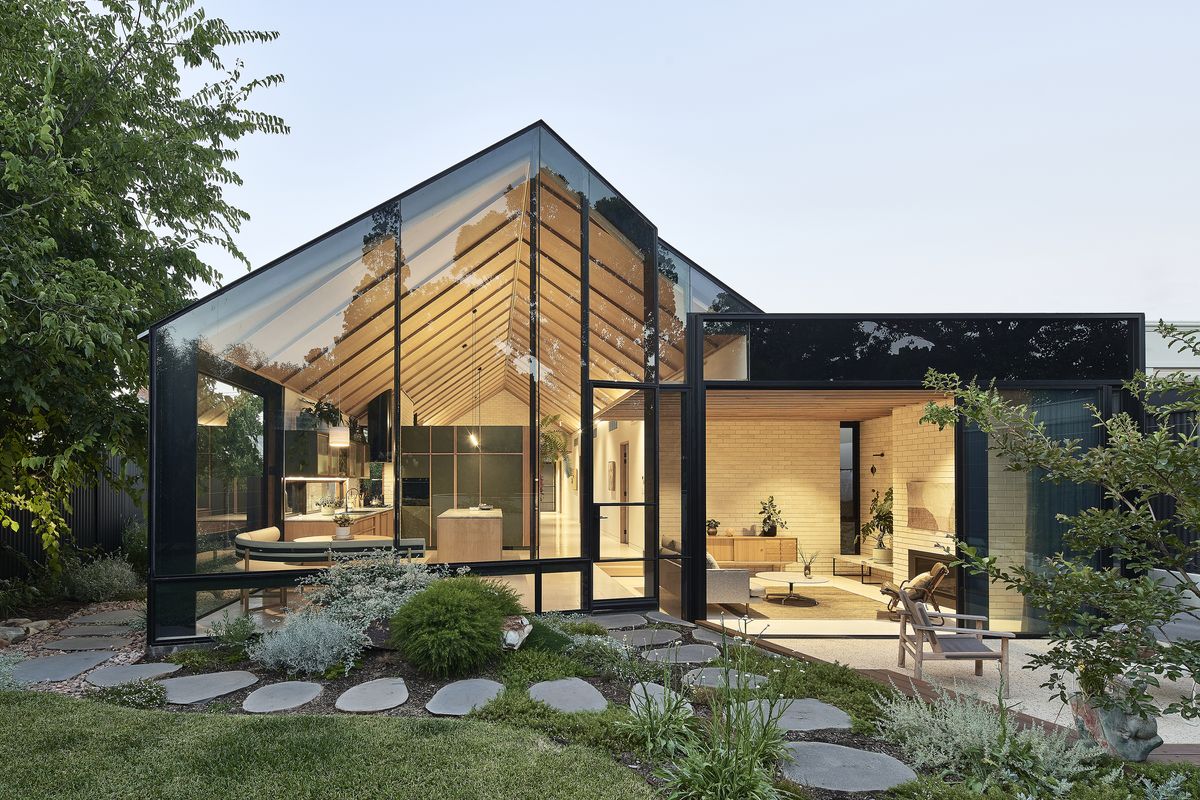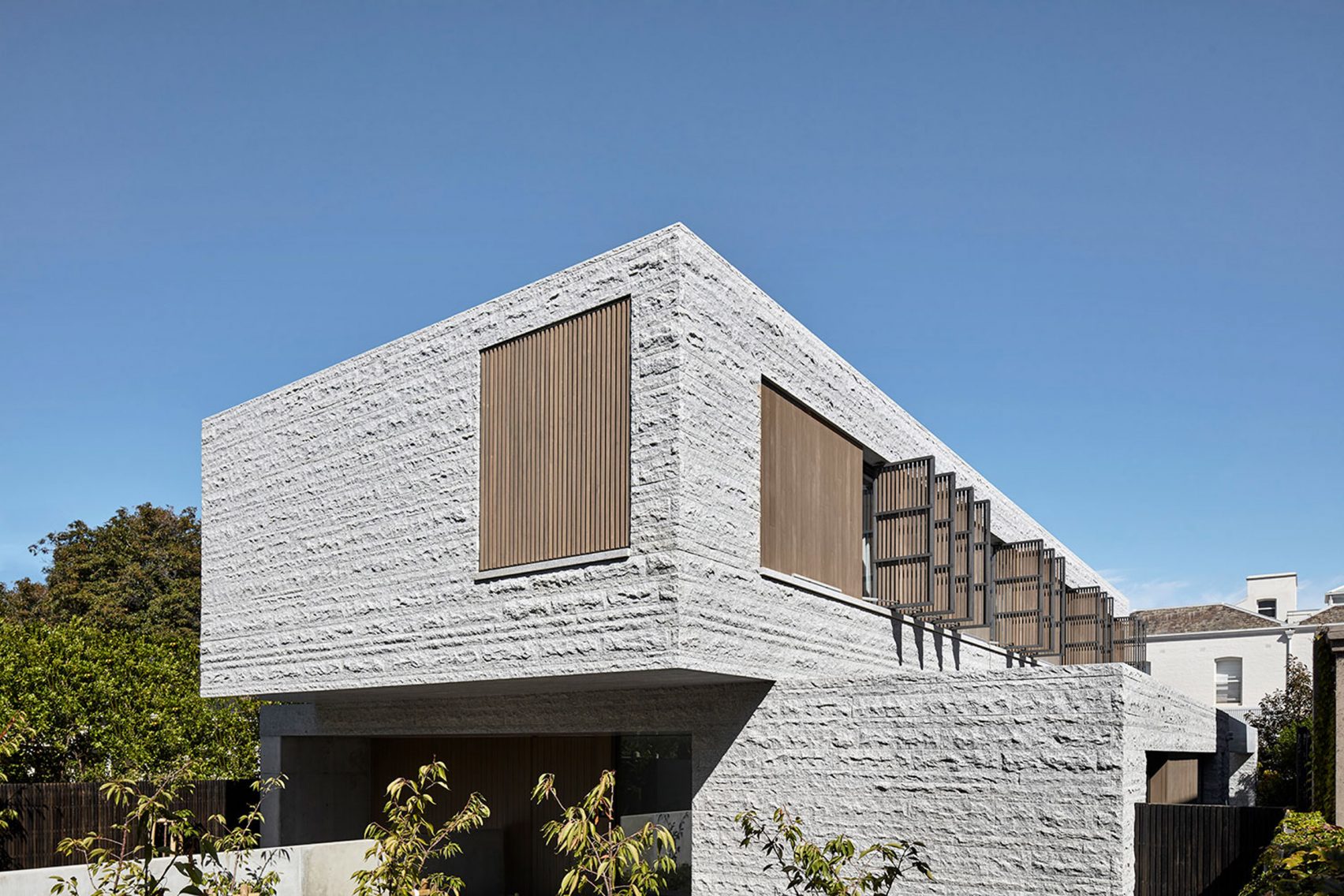Residential Interior Architect: Transforming Your Interior Spaces into Works of Art
Residential Interior Architect: Transforming Your Interior Spaces into Works of Art
Blog Article
How Residential Architects Develop Custom-made Homes for each Way Of Life
The procedure whereby domestic engineers style tailored homes is a nuanced interaction of recognizing client requirements and equating those understandings into useful space. Through comprehensive assessments and using design tools, architects catch the essence of their clients' way of livings, ensuring that each home reflects personal worths and aspirations. This joint strategy prolongs beyond preliminary concepts, including ingenious innovations and sustainable methods to improve day-to-day living. As we discover the detailed actions associated with this transformative process, a deeper admiration for the architect's role in forming special settings begins to arise.
Understanding Customer Needs

Reliable interaction is critical in this process. Designers must urge customers to express their way of lives, household dynamics, and future goals, making sure that the style shows their unique identity. By using devices such as sets of questions, meetings, and visual surveys, designers can collect valuable understandings right into the customer's vision.
In addition, understanding the context in which a home will certainly exist is vital. Engineers have to think about elements such as the site features, regional climate, and cultural impacts that can affect the design. This holistic strategy permits the creation of spaces that are not only cosmetically pleasing yet additionally sensible and lasting.
Ultimately, a deep understanding of client requires makes it possible for designers to develop customized homes that boost the lifestyle for their residents, promoting a sense of belonging and comfort within their living settings.
Style Process and Partnership
The style process in residential architecture is a vibrant interaction of creativity and partnership, where engineers, clients, and numerous stakeholders function very closely to bring a vision to life. This repetitive trip typically starts with a collection of conferences to develop a detailed understanding of the client's ambitions, preferences, and lifestyle requirements. Throughout these conversations, designers gather important details, allowing them to conceptualize designs that straighten with the client's vision.
Complying with the preliminary appointments, the layout phase evolves through illustrations, 3D versions, and architectural renderings. This visual interaction serves as a device for designers to present ideas, while likewise inviting client feedback, guaranteeing that the last design reverberates with their expectations. Effective partnership with designers, contractors, and interior developers is crucial throughout this stage, as it makes sure that all useful elements of the project are seamlessly incorporated.

Incorporating Lifestyle Aspects
Incorporating lifestyle elements into household design is important for creating rooms that truly reverberate with the occupants. residential architecture homes. This Read Full Report process begins with comprehending the distinct requirements, preferences, and daily regimens of the home owners. Designers involve in thorough conversations to uncover how the private or household utilizes their area, whether for amusing visitors, going after leisure activities, or looking for silent retreat
Once these understandings are collected, engineers can customize style attributes that enhance day-to-day experiences. As an example, open layout might be made for households that prioritize togetherness, while dedicated work spaces can be integrated for those that work from home. Outside areas, such as gardens or patio areas, can be highlighted for families that appreciate outside activities or amusing.
In addition, adaptability is a key consideration; multi-functional spaces enable for flexibility as lifestyles evolve in time. Personalized storage services can likewise be incorporated to fulfill specific organization requirements, making sure that the home continues to be useful and clutter-free. Eventually, by attentively weaving way of living elements into the building textile, property architects create tailored homes that not just satisfy visual wishes however also significantly boost the lifestyle for their clients.
Lasting and Smart Layout
Smart and lasting design significantly plays a pivotal role in household architecture, as home owners look for to reduce their environmental effect while boosting their living experiences. Engineers are currently incorporating eco-friendly materials, energy-efficient systems, and cutting-edge innovations to develop homes that not only meet aesthetic wishes however also offer the world.
Incorporating renewable resource resources, such as solar panels and wind generators, allows home owners to harness natural deposits, substantially reducing dependence on traditional power grids. Smart home technologies additionally enhance sustainability by maximizing power use through automated systems that control air conditioning, lights, and home heating based upon occupancy and choices.
Additionally, making use of lasting building materials-- like recovered timber, bamboo, and recycled steel-- advertises a circular economic situation, lowering waste and source usage. Designers additionally stress easy layout principles, making sure homes are oriented for optimum natural light and air flow, consequently lessening the demand for artificial cooling and heating.
In addition to environmental advantages, sustainable and smart design contributes to the general comfort and health of residents. By prioritizing interior air high quality and natural environments, architects develop areas that cultivate health, allowing house owners to grow attuned to their atmosphere.
Completing and Carrying Out Plans
Completing and applying strategies is a vital phase in the click over here residential style process, where the vision of a tailored home begins to appear. This phase involves precise attention to detail, guaranteeing that every element of the layout is specifically verbalized and all set for building. residential architecture homes. Architects team up carefully with clients to assess last strategies, dealing with any type of last-minute modifications or concerns, while making certain that all components align with the property owner's lifestyle requirements
Once strategies are settled, designers prepare extensive construction papers, consisting of detailed illustrations and specifications that work as web link a blueprint for building contractors. These papers detail products, finishes, and installation methods, supplying clarity for professionals and subcontractors. Additionally, protecting required authorizations and sticking to regional structure codes is necessary, as it guarantees compliance and smooth job implementation.
Reliable communication is essential throughout this stage. Normal updates and conversations with building contractors assist to mitigate possible concerns before they develop. By fostering a joint setting, architects can ensure that the execution aligns with the original vision. Inevitably, this essential phase changes principles into fact, laying the structure for a home that mirrors the unique way of life and preferences of its citizens.
Conclusion
In verdict, residential architects play a pivotal duty in crafting personalized homes that cater to diverse way of livings. With meticulous understanding of customer demands, collaborative style processes, and the integration of way of life components, engineers make sure that each home reflects private preferences.
The procedure by which residential engineers style personalized homes is a nuanced interplay of understanding customer needs and equating those understandings into functional living rooms. Via detailed appointments and the usage of design devices, engineers capture the significance of their clients' way of livings, making certain that each home shows individual values and ambitions. Engineers must urge customers to articulate their lifestyles, family members characteristics, and future goals, making certain that the style shows their distinct identification.The style process in residential design is a dynamic interplay of creativity and collaboration, where designers, customers, and various stakeholders work closely to bring a vision to life - residential architecture homes. Via precise understanding of customer requirements, collaborative layout processes, and the combination of lifestyle elements, architects ensure that each home mirrors individual choices
Report this page